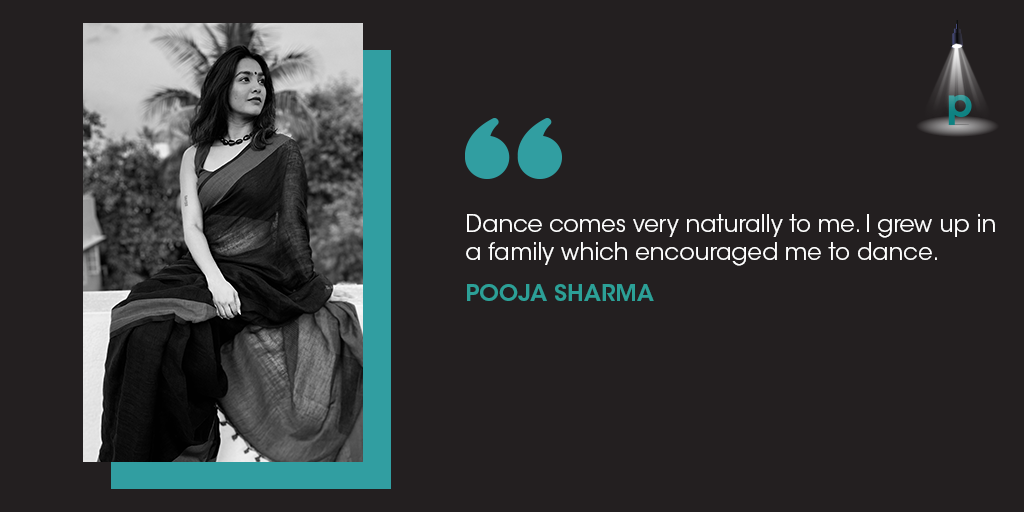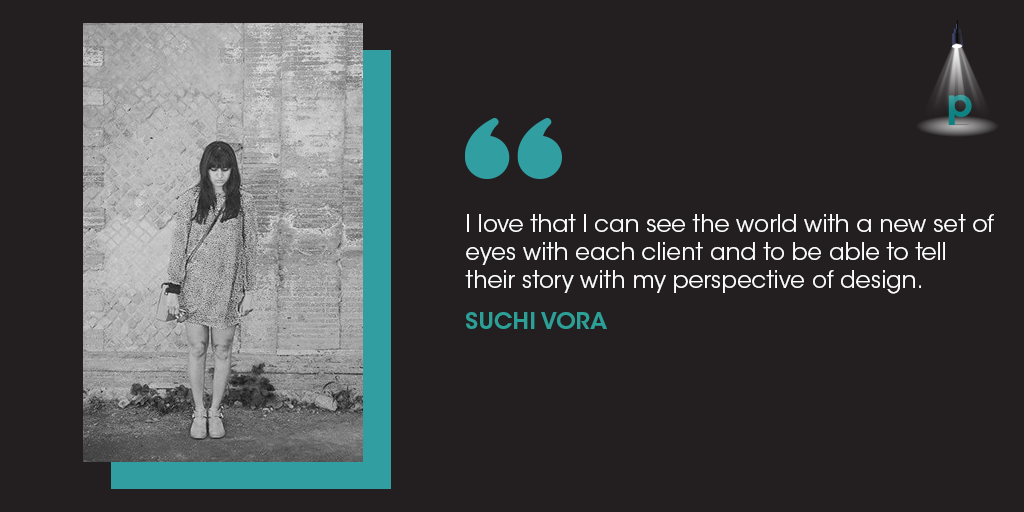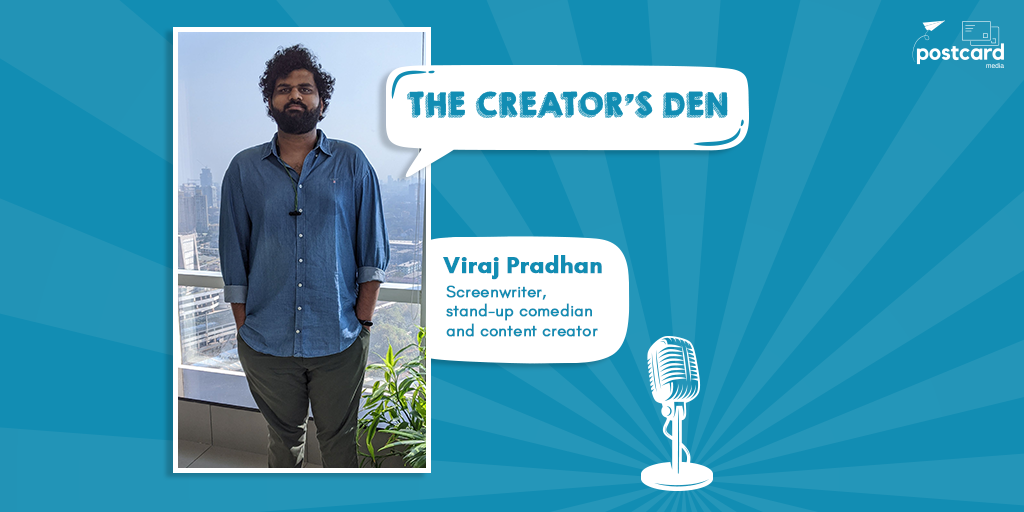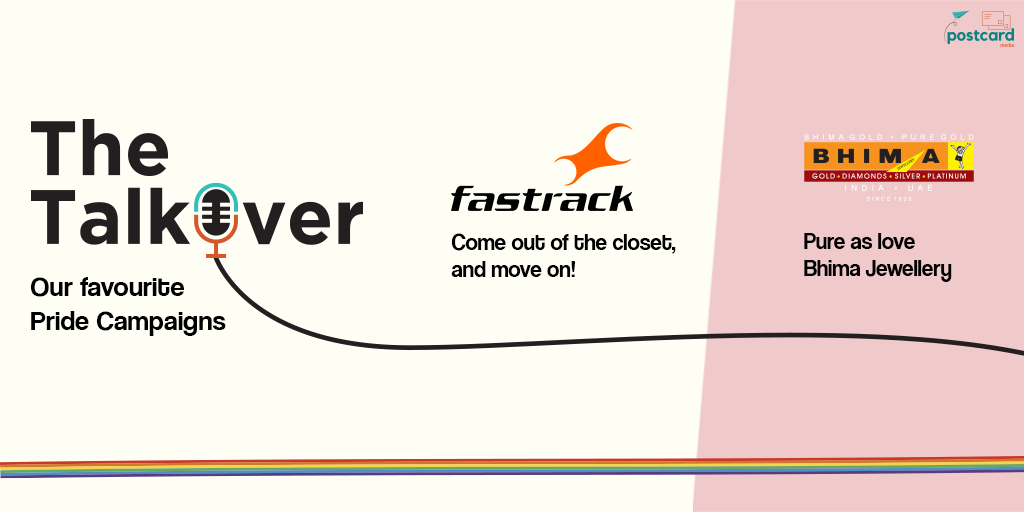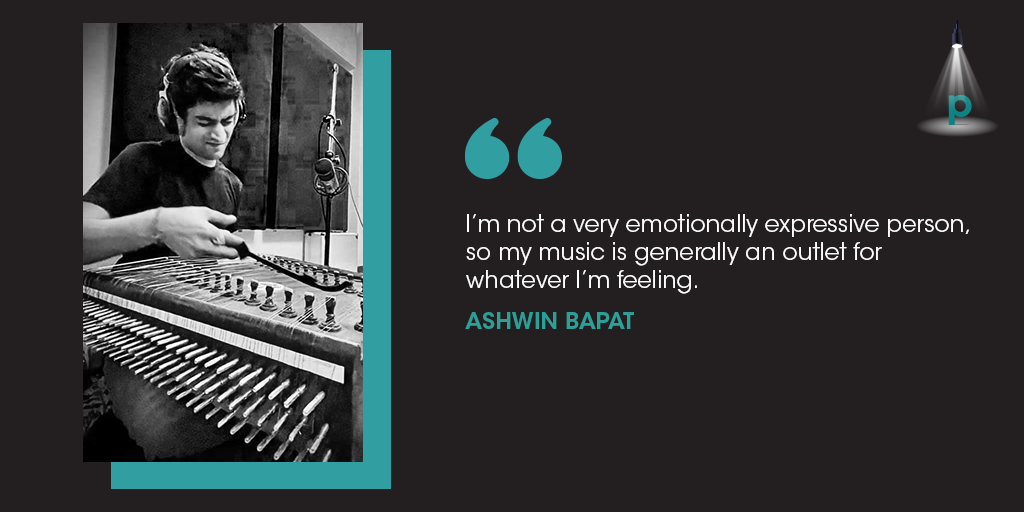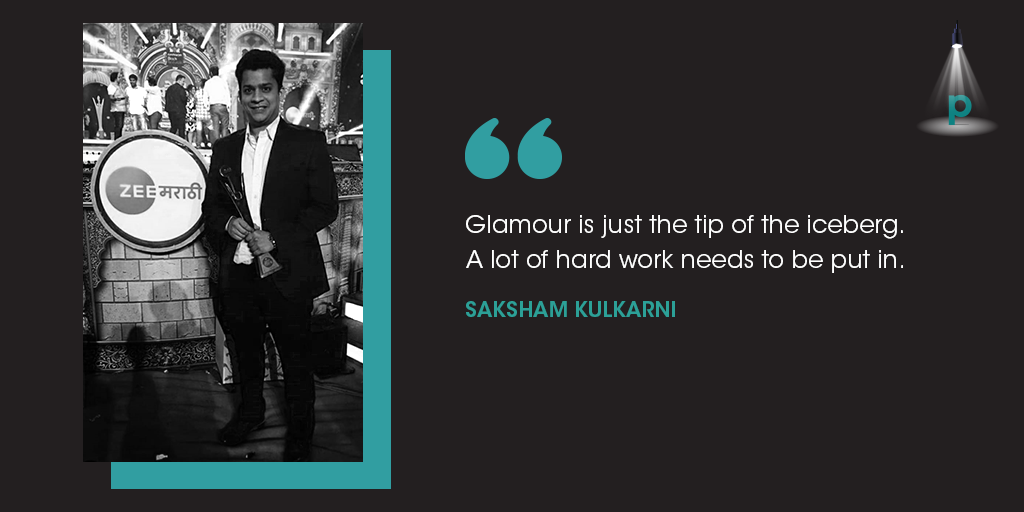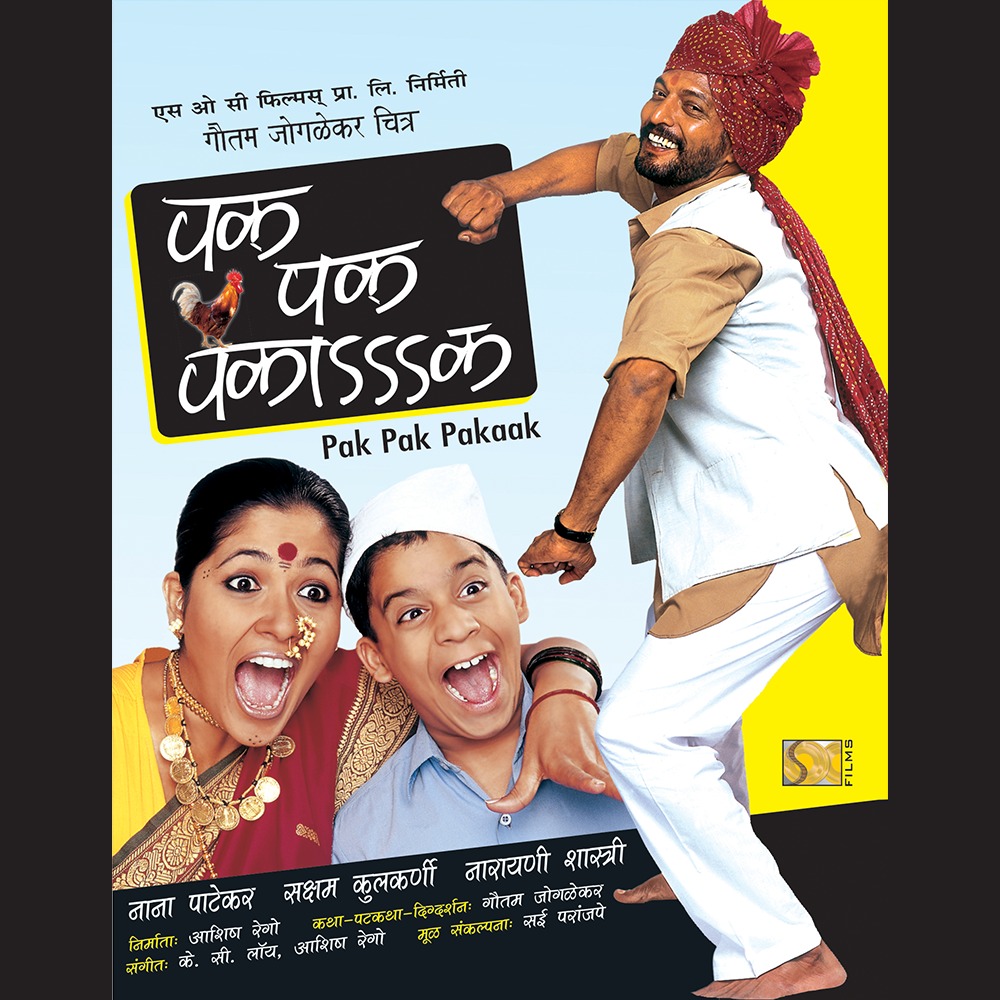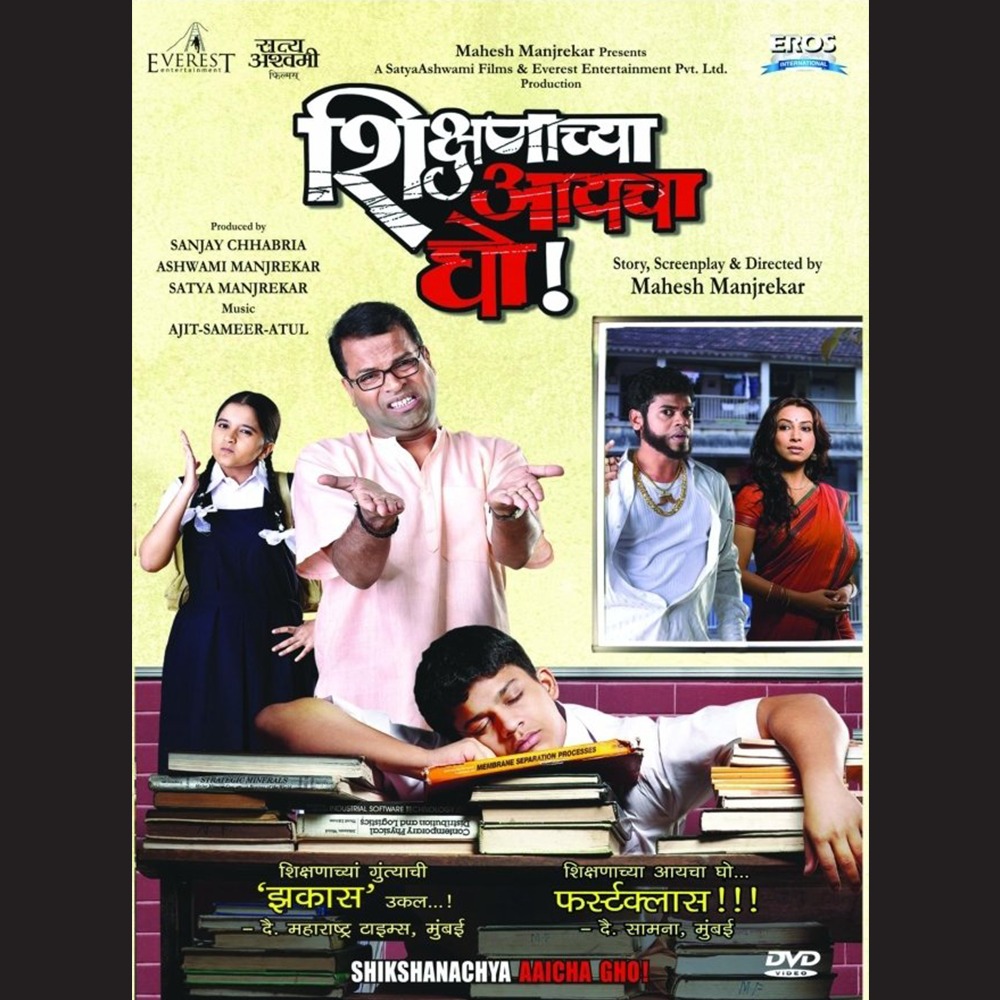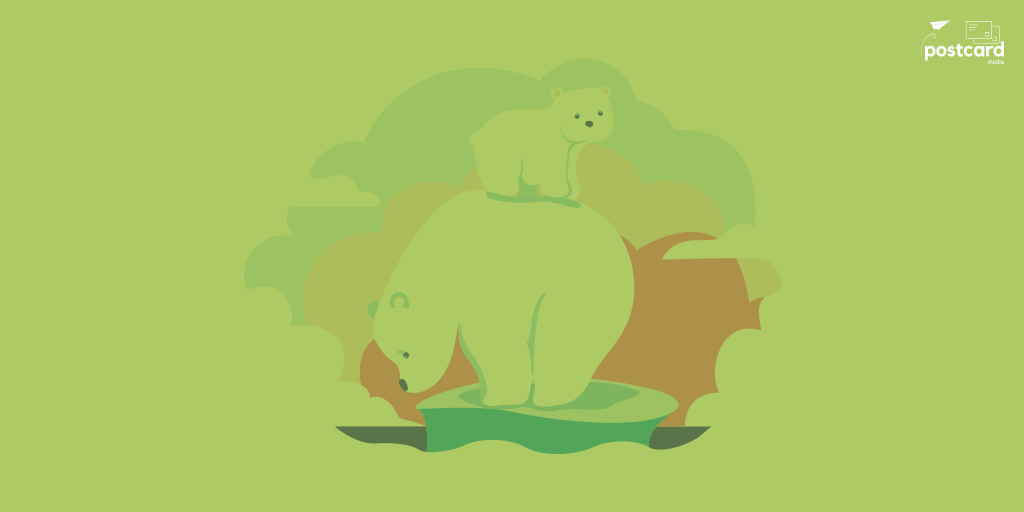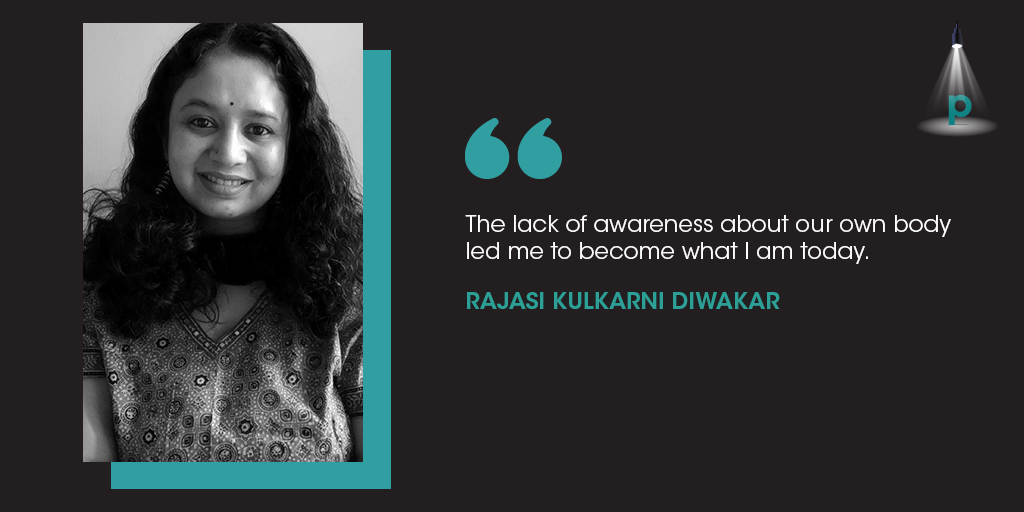Postcard Spotlight is an interview series showcasing young leaders and creative minds who are making their mark with their unique talent and drive.
In the spotlight this week is Pooja Sharma, a celebrated dancer and choreographer. She’s an accomplished Bollywood and belly dancer, who talks about her early training, her inspiration and exploring the world through dance. Read on to know her story.
Tell us about your journey; how did you get introduced to dance?
Dance comes very naturally to me. I grew up in a family which encouraged me to dance. Television was my only source to watch and learn dancing. When I was in 6th grade I got my first opportunity to dance on stage. That’s when I realised my passion for dance, which has only kept growing ever since. Over the years, I performed every chance I got. During my college life, I decided to start training professionally and joined a few classes. It was a life-changing decision for me because I got the opportunity to understand the technicalities of Dance. After a few years of training in different styles, I got introduced to belly dancing and fell in love with it instantly. I was smitten by the ease at which a Belly Dancer moves and wanted to dive right into learning it.
I started taking lessons on belly dancing in the year 2010 and the journey still continues with the same amount of passion. Bollywood and contemporary also remain very close to my heart because I believe dance understands no boundaries and being versatile is my biggest strength. It not only allows me to move with a sense of freedom but also opens up my mind to infinite possibilities in the world of creativity.
Share the story of your most memorable performance.
I miss stage performances. Although social media has become our platform today, performing on stage has always been a special experience. Every performance I’ve given on the stage has been a memorable one for me.
As a dancer and choreographer, what excites you the most about the digital medium?
Being inspired constantly, watching people’s art on digital platforms, looking at creators and their lifestyle, new ideas and concepts, all this excites me a lot. Even an amateur dancer can teach you new things. I get my students and clients from social media, and they keep me inspired in different ways.
Who is that one artist you can’t wait to work with?
I think there are so many if you ask me. There were different phases in life where different people inspired me. So, it’s difficult to pick a person. From my friends to even a stranger, anyone can be an inspiration for me. My inspiration keeps changing and is different for different reasons. So, it’s difficult to pick a person.
If you had to pick just one dance form to do all your life, which one would it be?
I just want to dance. I want the freedom that doesn’t ask me to pick just one dance form. I like to lead a life without restricting myself to one dance form. I have always been creating fusions with my choreography so that I do not have to stick to any one form and restrict my expression.
What kind of brands do you like to collaborate with, as a Social Media influencer? What are some of your considerations when a brand approaches you?
I like brands, big or small, that are respectful with their approach. If I love the cause behind the brand, I’ll collaborate out of my love for dance. Transparency and kindness are also important factors for me to be able to say yes for a brand collaboration.
Name the top 3 things on your bucket list.
I do not have many, but there’s this one thing I’ve always wanted to do.
Travel, dance and teach. I’ve been trying to do it for years now. Keep moving to different places, keep dancing and find myself in that journey. Hopefully, I’ll embark on this journey soon.
If you could go back in time and give one piece of advice to your younger self, what would it be?
Nothing. Let it happen the way it has and have no regrets. I would say, I’m grateful for how I have evolved to become what I am today.
Where can people get in touch with you?
I teach Belly Dance, Bollywood and Creative movement for kids. Available for one on one sessions as well, currently online via Zoom (Due to the pandemic)

